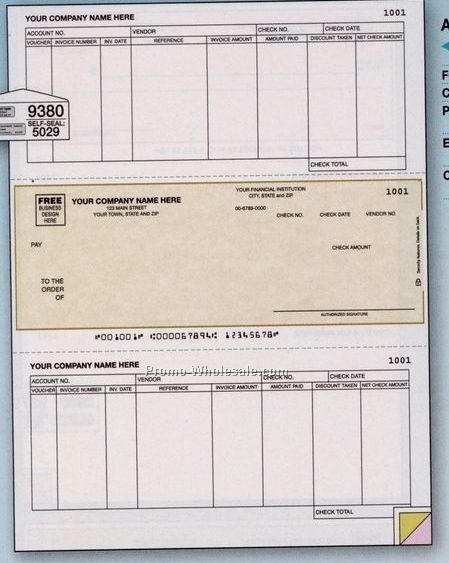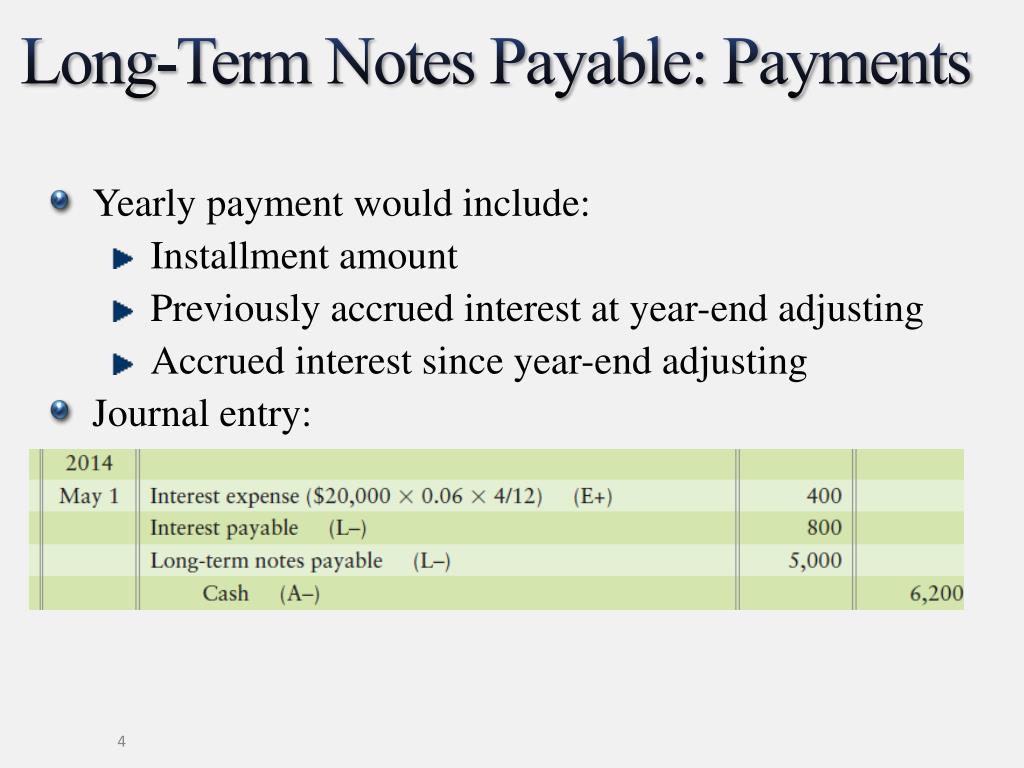

In accordance with Generally Accepted Accounting Principles (GAAP), assets are typically recorded at or below cost. The balance sheet reports assets, liabilities and equity in dollar amounts as of a specific day in the past. This can be a powerful pool if you know its limitations. It tells investors how much you owe, own and have declared to your shareholders. Alternatively, your balance sheet details your financial position at a specific point in time. Find out how GoCardless can help you with ad hoc payments or recurring payments.Your income and cash flow statements detail your company’s activity over a specific period of time.

GoCardless helps you automate payment collection, cutting down on the amount of admin your team needs to deal with when chasing invoices. This helps maintain balance until the loan is paid off. This shows that when recording any loan agreement on the balance sheet, it must be reflected not only in cash, but notes payable and interest payable.

In addition to these entries, the interest must be recorded with an additional £250 debit to the interest payable account and adjusting entry in cash. Notes payable would receive a debit of £10,000 This agreement would first be recorded in two accounts:
#WHATS MORE LIQUID NOTES PAYABLE OR ACCOUNTS PAYABLE FULL#
John would need to sign a formal loan agreement stating that he will make repayments of £500 per month, as well as £250 interest until the full amount is repaid. To illustrate how this works, imagine the following notes payable example.Ī start-up business owner named John borrows £10,000 from his credit union to help open a restaurant. The lender will ask the borrower to sign a formal loan agreement. Whenever a business borrows money from any lender, it must be reported in the notes payable account. For example, accounts payable could include charges for things like utilities and legal services, rather than bank loans. With accounts payable, the amount paid for each item might change due to frequency of use. Instead, you simply enter each individual item on the liability side of the balance sheet. Accounts payableīy contrast, recording liabilities in accounts payable doesn’t always take interest into account, nor does it involve formal promissory notes.

But you must also work out the interest percentage after making a payment, recording this figure in the interest expense and interest payable accounts. This is recorded on the balance sheet as a liability. When recording details of a loan as notes payable, you’ll need to use the following accounts on the balance sheet:Īs you repay the loan, you’ll record notes payable as a debit journal entry, while crediting the cash account. Accounts payable is also a liability account, used to record any purchases on credit from the business’s suppliers.Īnother difference between accounts payable and notes payable relates to how they’re recorded on the balance sheet: Notes payable It serves as a more informal record of any outstanding purchases that need to be paid off. The major difference when looking at notes payable vs accounts payable is that accounts payable doesn’t include a formal written promise, or promissory note. However, there are a few key differences between these two accounts. accounts payableīecause it creates a record of debts or liabilities, notes payable might sound quite similar to accounts payable. In the interest payable account, a company records any interest incurred during the accounting period that has not yet been paid. This is because a promissory note requires the borrower to pay interest, creating an additional interest expense. If a company uses the accrual method of accounting, notes payable will need to be supplemented with an interest payable account. Notes due within the next 12 months are considered to be current or short-term liabilities, while notes due after one year are long-term or non-current liabilities. Whether or not the note is classified as a current or long-term liability will depend on its due date. These are marked down in a formal promissory note. By contrast, the lender would record this same written promise in their notes receivable account.Īny written note included in the notes payable account should include basic information about the debt, including factors like: It’s where borrowers record their written promises to repay lenders. Notes payable is a liability account written up as part of a company’s general ledger. Here’s a closer look at what the notes payable account is, and what function it serves in business accounting. Any business loan payments and outstanding amounts should be marked on the balance sheet as part of the notes payable account. When you take out a loan, it’s important to manage your payments carefully.


 0 kommentar(er)
0 kommentar(er)
